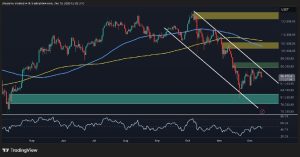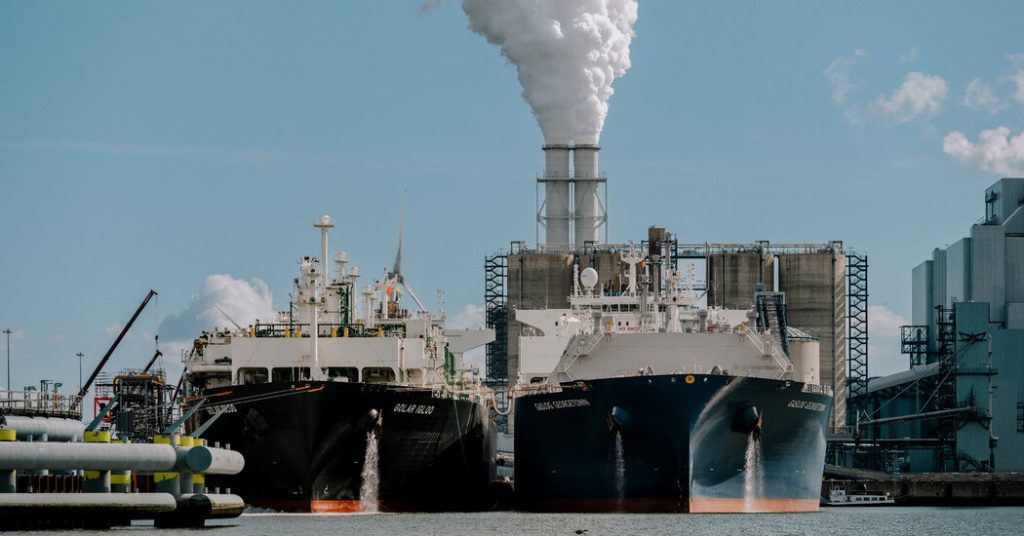The Russian invasion of Ukraine in 2022 triggered a profound energy crisis in Europe, exposing the continent’s overreliance on Russian natural gas and prompting a rapid transformation of its energy landscape. For years, Europe had benefited from seemingly inexpensive Russian gas, but this dependence created a strategic vulnerability that Russia exploited. The crisis forced Europe to diversify its energy sources, accelerate the transition to renewables, and implement conservation measures. While significant progress has been made, Europe’s energy security remains fragile, with high energy costs continuing to strain households and businesses.
The immediate response to the crisis involved securing alternative gas supplies, primarily liquefied natural gas (LNG) from the United States. European countries collaborated to share fuel resources, modify existing infrastructure, and build new LNG terminals. These efforts drastically reduced reliance on Russian pipeline gas, with Norway emerging as the primary supplier through its extensive pipeline network. However, Russia ironically remains a significant LNG supplier, second only to the United States. Alongside securing new supply routes, Europe implemented energy-saving measures, encouraging households and businesses to reduce consumption through lower thermostat settings, reduced factory output, and curtailed lighting.
The crisis also spurred a significant expansion of renewable energy sources. Prior to the invasion, renewables accounted for roughly a third of Europe’s power generation. In a landmark shift, wind and solar power surpassed fossil fuels in electricity generation in 2024, demonstrating the impact of policy changes and investments in alternative energy. This transition, however, comes at a cost. While overall energy prices have declined from their 2022 peaks, they remain significantly higher than pre-war levels, adding to the financial burden on consumers and businesses. Furthermore, the intermittent nature of wind and solar power requires substantial further investment in storage solutions and grid infrastructure to ensure a stable energy supply.
Despite the shift towards renewables and alternative gas sources, LNG remains a crucial, albeit expensive, component of Europe’s energy mix. The continent now competes with Asian countries for limited global LNG supplies, driving up prices and exacerbating the cost-of-living crisis. The United States has emerged as the leading LNG supplier to Europe, with Gulf Coast terminals providing nearly half of the continent’s imports. This has led to a rapid expansion of LNG receiving terminals in Europe, particularly in Germany, which previously lacked such infrastructure. However, Europe’s reliance on global LNG markets leaves it vulnerable to price volatility and supply disruptions, particularly during periods of high demand or geopolitical instability.
The lingering effects of the energy crisis continue to plague European economies. High energy costs contribute to inflation, impacting both household budgets and business operations. Several major European companies have scaled back production or relocated to countries with lower energy costs, highlighting the competitive disadvantage faced by European industries. The fertilizer industry, heavily reliant on natural gas for ammonia production, has been particularly hard hit, with plant closures and job losses. The crisis has also deepened energy poverty, with a growing number of households struggling to afford basic heating and electricity.
Looking ahead, Europe faces ongoing challenges in securing its energy future. While the immediate crisis has subsided, the underlying issues of affordability and supply vulnerability persist. Replenishing gas storage for the upcoming winter remains a concern, given the higher prices and potential competition for LNG supplies. Furthermore, Europe’s own gas production has declined, highlighting the need for increased investment in domestic energy resources. The transition to renewables, while promising, requires sustained investment and policy support to overcome the intermittency challenges and ensure a reliable and affordable energy supply. Europe’s path toward true energy security remains a complex and demanding undertaking.








